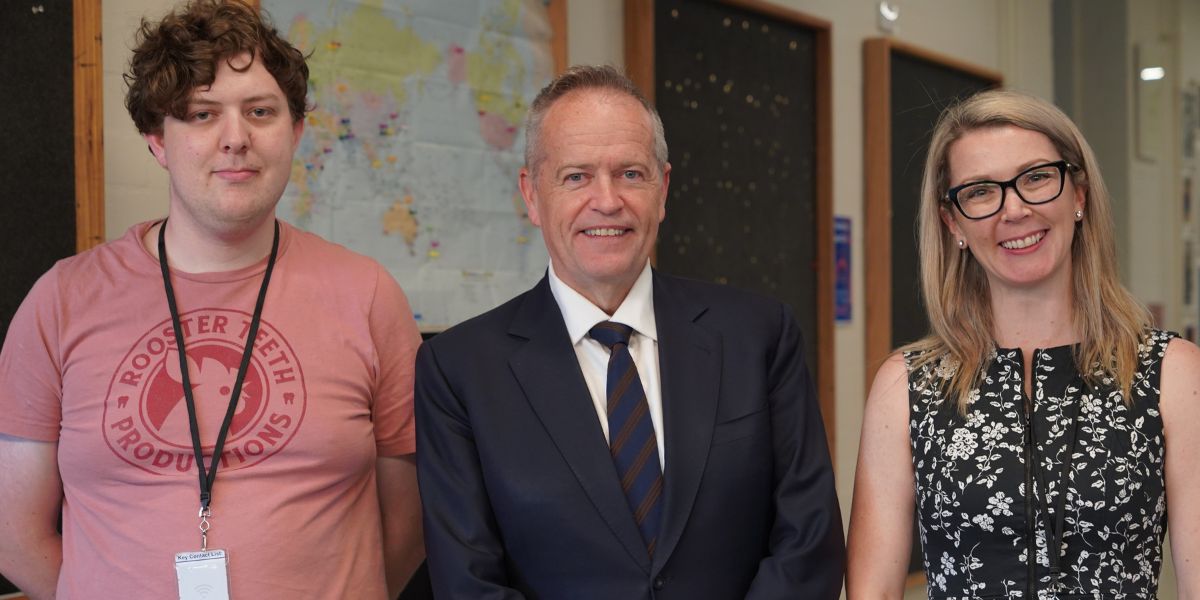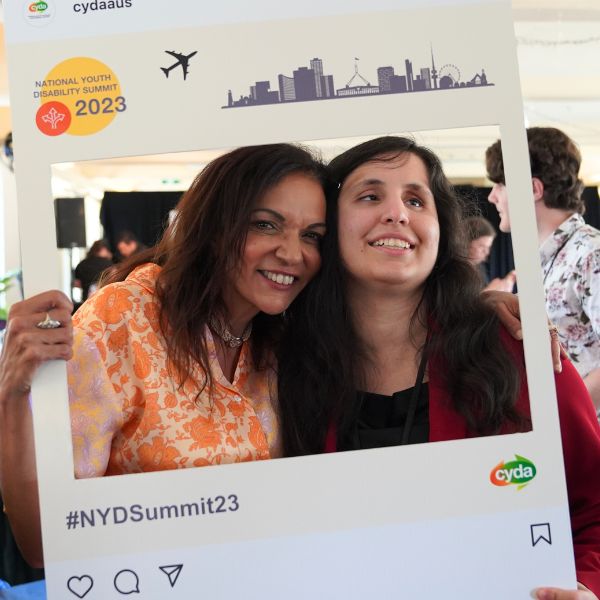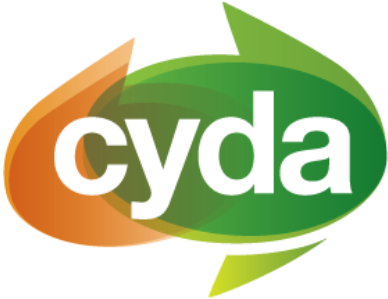What is advocacy?
Different types of Advocacy
There are three different types of advocacy:
- individual advocacy
- self advocacy
- systemic advocacy
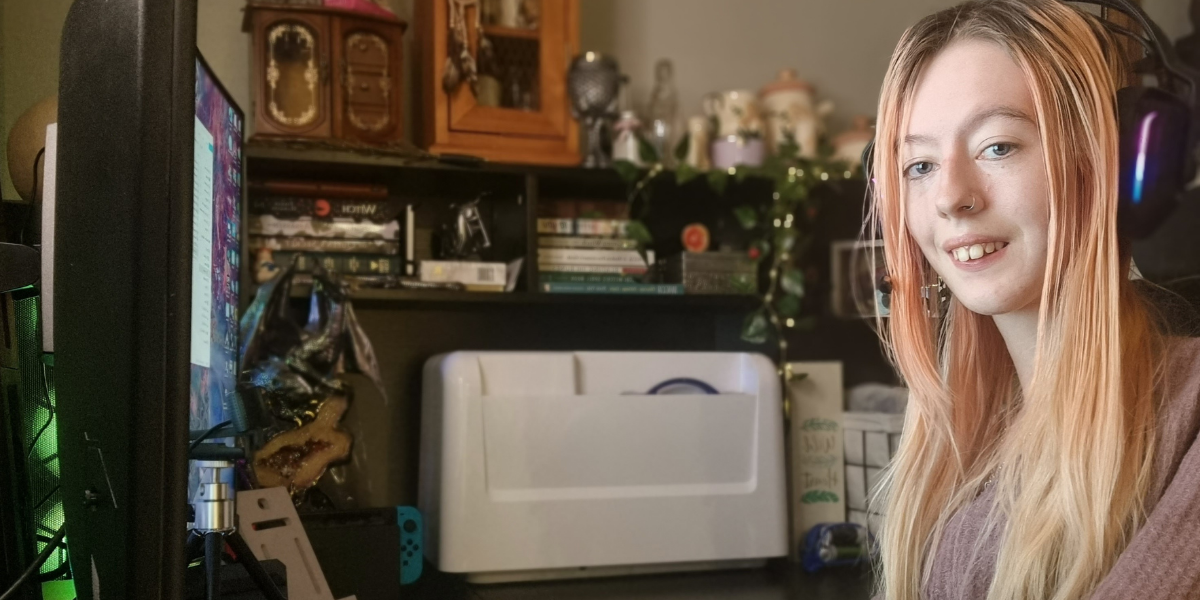
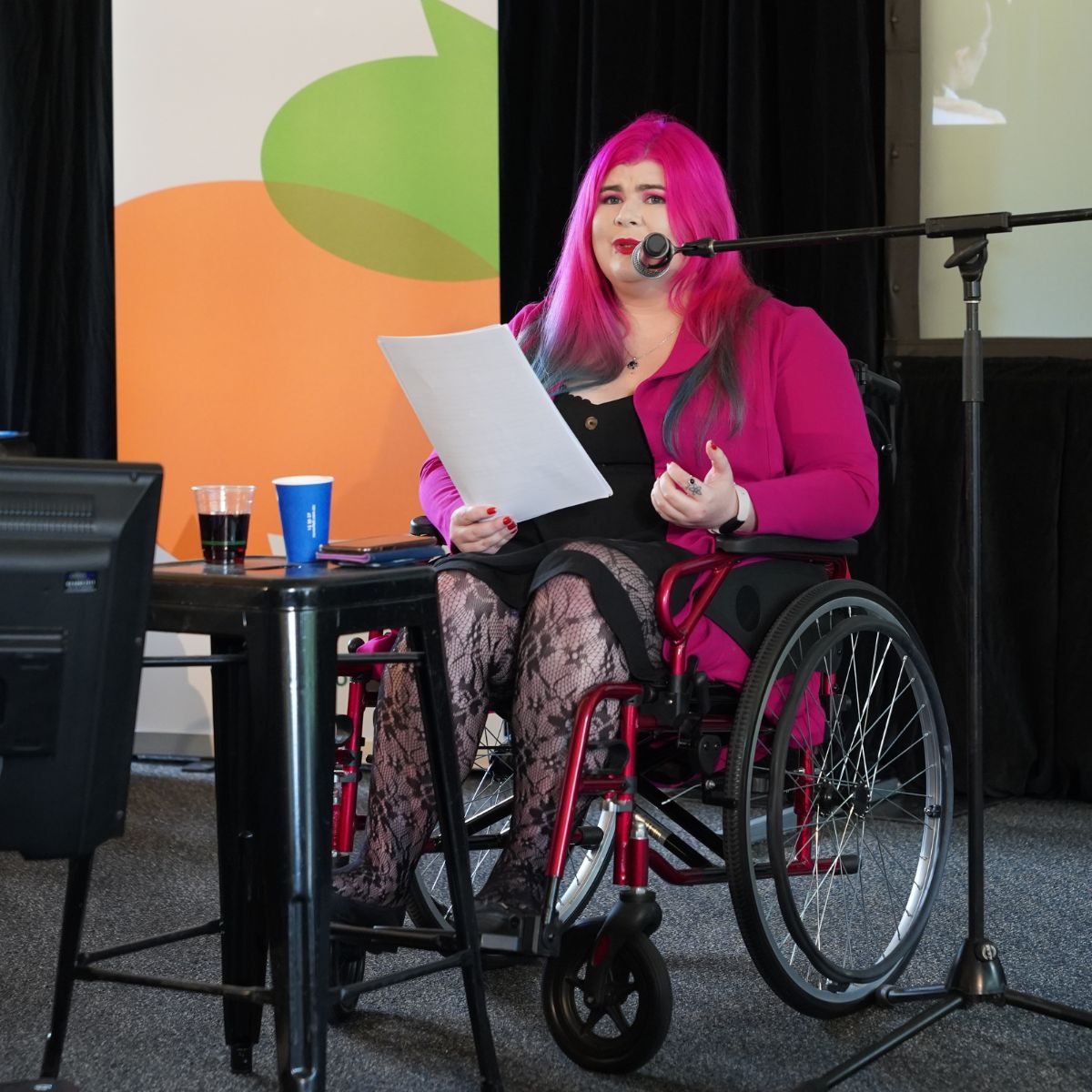
Self advocacy
Self-advocacy is when a person advocates for their own rights and needs. At CYDA, we support young people with disability to become self-advocates through our Young Leaders Program.
Individual advocacy
Individual advocacy is when a person, or an organisation, helps you to stand up for your rights, or to express your views, needs or wishes.
There are organisations that are funded to do individual advocacy for people with disability, their families and caregivers. You can find out more about them in the “Do you need help?” section of this website.
Systemic advocacy
Systemic advocacy is working toward long-term changes to laws, policies and practices, to support the rights and wellbeing of a given group.
CYDA engages in systemic advocacy for children and young people with disability by:
- working directly with government and policy makers
- writing submissions and responding to inquires
- engaging with royal commissions
- doing surveys and research on the issues that impact children and young people with disability
- engaging directly with young people with disability, their families and caregivers on the issues that matter to them
- facilitating youth led events and summits where young people with disability lead the discussion on the issues that matter to them
- working with other youth and disability representative organisations on events and campaigns for positive change
